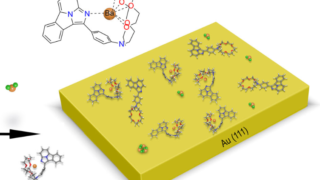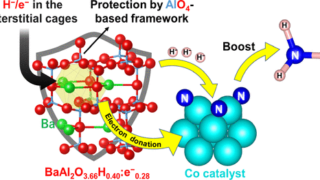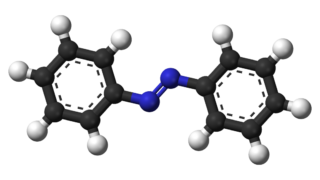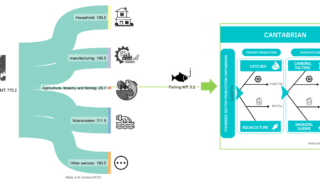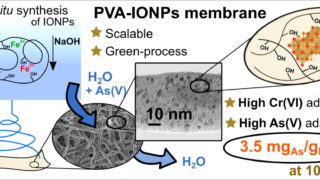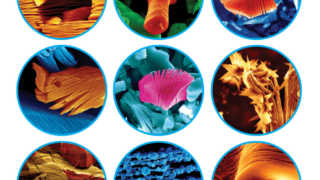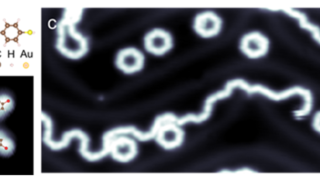
Synthesis of thioether polymers on Au(111)
Catalysis • Chemistry • DIPC Electronic Properties • DIPC Interfaces • Materials
Organic compounds of sulphur that contain the group -S- linked to two hydrocarbons are known as thioethers. This alternative name to sulphides comes from the fact that they are analogues of ethers in which the oxygen is replaced by a sulphur; thioethers are generally more reactive than ethers, though. The formation of thioether structures increases […]
